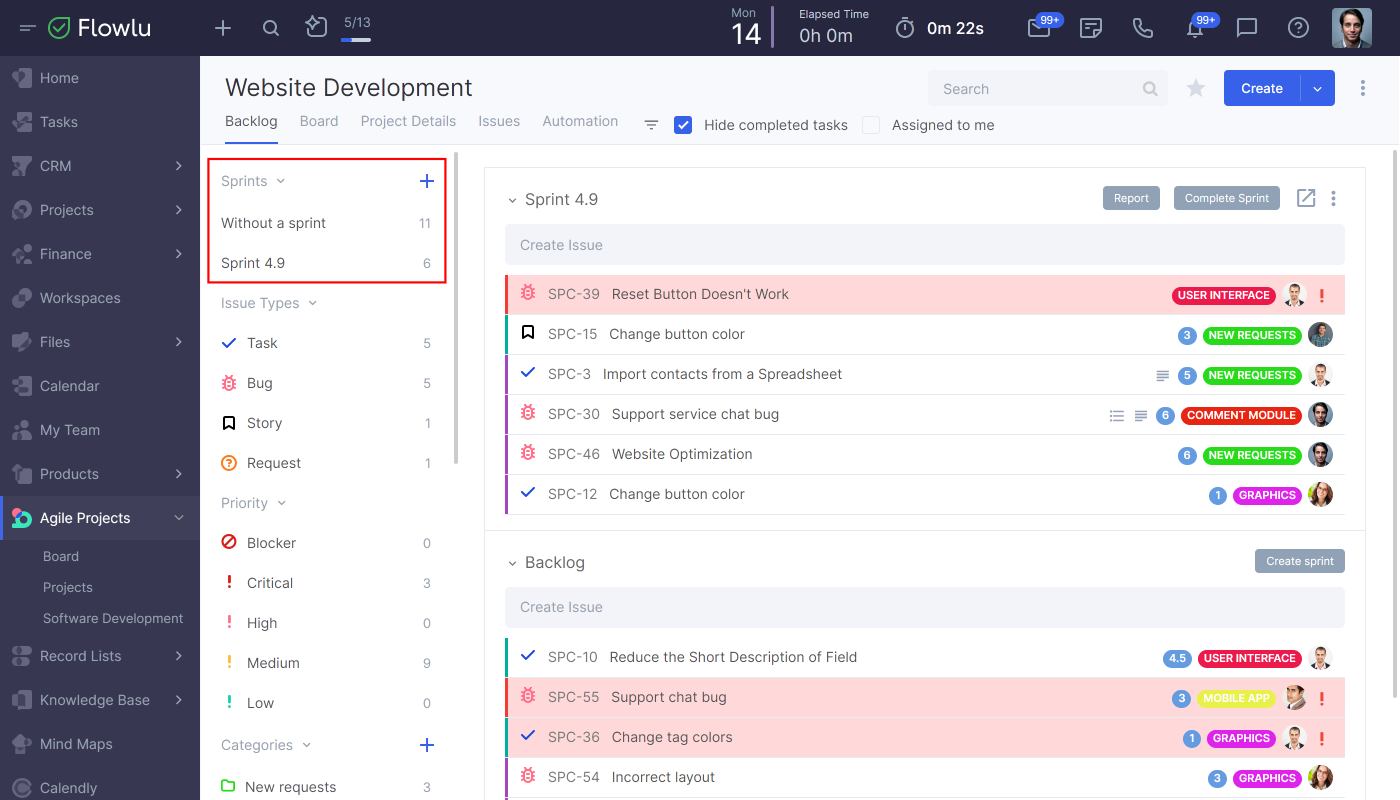Main Concepts and Settings
Project
A project is a specific product or service that your team should deliver. This may be a one–time project or ongoing work aimed at improving an existing product.
A project contains a list of user stories and issues. They are produced by your customers, employees, your website visitors and other stakeholders.
Execution (delivery) of the project is carried out iteratively and incrementally. It means that it is delivered in parts at regular intervals (sprints). At the same time, each new iteration carries an increment of the product—a tangible and valuable outcome for the customer and stakeholders. It can be a new feature that can be already used, or a prototype and so on.
Project Fields:
- Title (1)—contains the name of your product or the purpose of the project.
- Project prefix (2) (or the project key) is a character–letter code that will be assigned to each issue, which allows you to identify which project it belongs to.
Please note that: This field must be unique—there cannot be 2 projects with the same key.
- Description (3)—contains the basic information about the Project.
- Workflow (4)—a set of stages that the issue goes through in your project before being considered complete.
- Project Lead (5) or Product Owner— a person who manages and priortizes the issues (backlog of the product).
- The project team (6) are employees of your company who will work on the issues and deliver the product to the customers.
- Issue types (7) are the building blocks of any project. An issue can be a story, a bug, a task, a request.
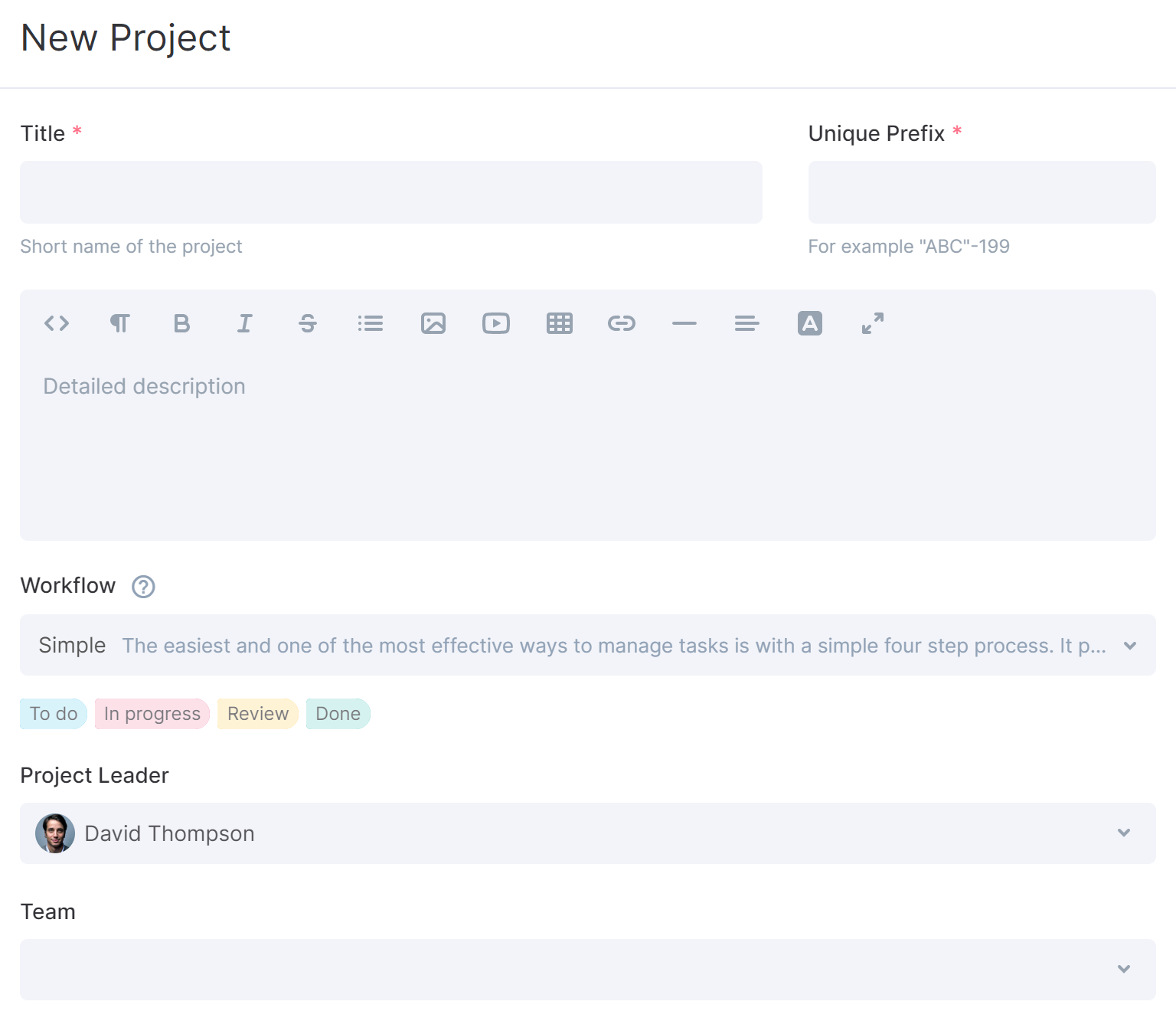
Issue Types
An issue is a specific requirement for the product that should be performed (or should not, depending on the Project lead decision).
There are different types of issues. By default, the following types are available in the system:
- Story (the user story) is a requirement for a product or service answering the question: "Someone needs something for something."
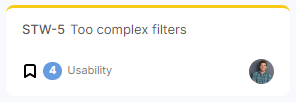
- Task – measured and final target. It can be the internal tasks of the team, which is purely technical, not having any direct value for the customer.
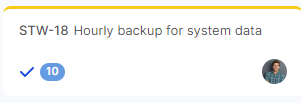
- Bug – an error, remark on the product, which must be eliminated.
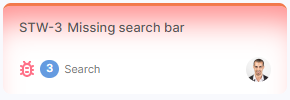
- Request – a formal request from a user for something to be provided.

Issue Fields
- Type — field for selecting a type of issue;
- Title — a brief summary of the essence of the issue;
- Priority — reflects the importance, urgency of an issue for the customer and product;
- Low — if the issue is not performed, nothing bad will happen, the business will not be harmed;
- Average — issue must be performed. It is set by default, its completion or non–completion affects the product and the business as a whole, but it does not have any urgency;
- High — issue must be completed soon. Ignoring the tasks in this status will lead to significant consequences for the business, or will lower customer loyalty. You can increase the priority to a high level, for example, when several clients repeatedly refer to the same bug;
- Critical — applies mainly to bugs. The task with this priority should be completed as soon as possible, as it is of critical importance for the project, and can significantly affect the project if it is ignored. Such tasks should be included in the current iteration, even if work on it is already underway.
- Blocker — the highest priority, bug or error that must be eliminated immediately, otherwise the consequences will be catastrophic.
- Estimation — a numerical expression in conventional units (story points, parrots, human–days, etc.) of the effort required to accomplish this task. On the basis of this number, the owner of the product understands what will be the cost of implementing this task for the team. We recommend using the following ratio: 1 story point is 4 working hours.
- Assignee — a member of the team who will perform this issue;
- Description — detailed description of issue or error, how it should be performed or reproduced, can contain photos, videos, screenshots, files;
- Category — summarizes several requirements into one large block. For example, the main page of the website, the database, etc.
- Sprint — an iteration, the time period in which this issue will be performed.
- Tags — keywords that will help you to find and understand the context of the given issue faster.
- Links — connections of this issue with others. Links can be one–way (clone, duplicate) or two–way, when task # 1 blocks task # 2. Accordingly, task # 2 is blocked by task # 1.
For example, you can not sign up on the website until you start the browser, so the registration task on the website is blocked by the task of launching the browser, and the task of launching the browser blocks the registration on the website. Links will help to build relationships between tasks and their relationship to each other. You can specify arbitrary links in the module settings.
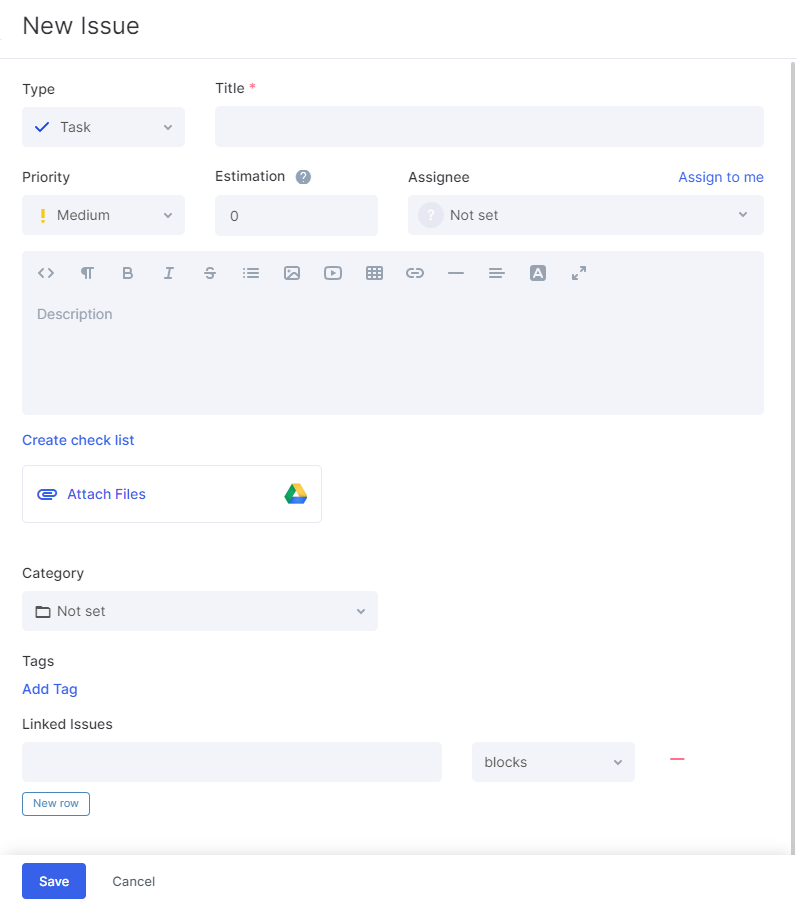
Workflow
Workflow is the sequence of stages that the task in your project goes through before it is considered to be completed. The stages are displayed on the Agile board in the form of columns.
A set of stages in the Standard Workflow:
- To do—what needs to be done;
- In workflow—the task is being performed;
- Done—the task is completed by the performer, but verification or testing is needed;
- Accepted—the task is completed, the function is ready to use;
A set of stages in the Simplified workflow:
- To do.
- In progress.
- Done.
Stage Statuses
There are the global statuses which are set in Flowlu by default and assigned to each stage. The statuses have different colour coding, which, respectively, are linked to the stages. Colour bars allow you to quickly assess the progress of work since there can be a lot of stages, but the number of statuses is always unchanged.
There are 4 global statuses in Flowlu:

- To do—the blue colour-coding. It corresponds to all the stages, at which the work on the task is not being performed at the given moment;
- In process—yellow colour coding. It corresponds to all stages where work is being performed on the task;
- Awaiting approval—purple colour coding. It corresponds to the stages of waiting for verification, testing, etc.;
- Done—green colour coding. At the stage with this status, the task is considered completed. We do not recommend creating more than one stage with this status.
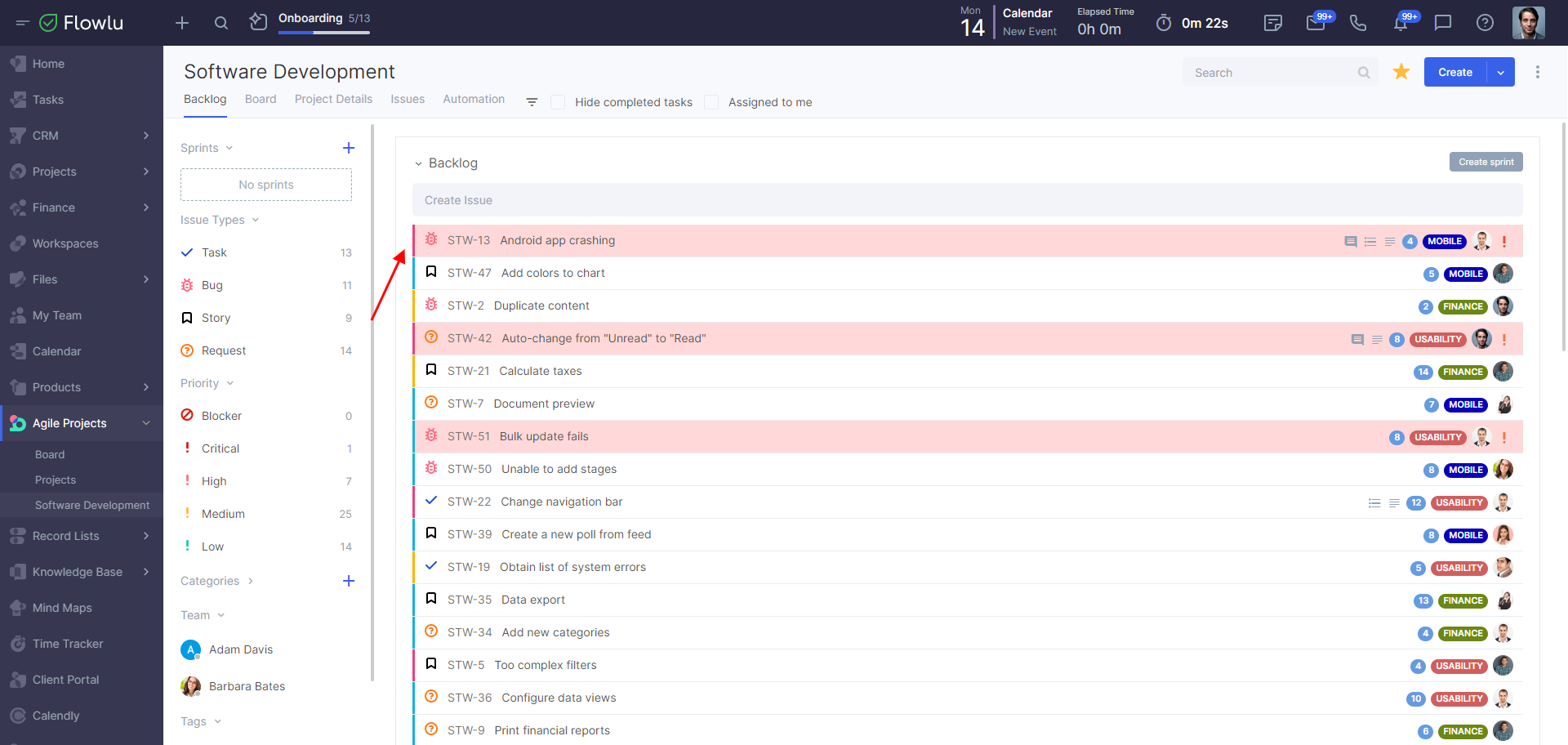
Global statuses in backlog
Category
This is an entity that summarizes a group of issues. Allows you to categorize issues in the project according to certain characteristics and belongings.
Product Backlog
List of requirements for the project (product). The requirements are in accordance with the priority of their implementation. The backlog should be regularly reviewed re-evaluated by the product owner and the team.
Sprint
This is the main Scrum working tool along with the issues. It is an iteration of the delivery part of your project (product increment), which has clear time and scope limits (depends on the team's efficiency and performance). In the principles of Scrum, the sprint has a duration of 2 to 4 weeks, and its deadline cannot be changed after it starts.
